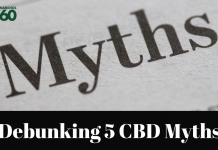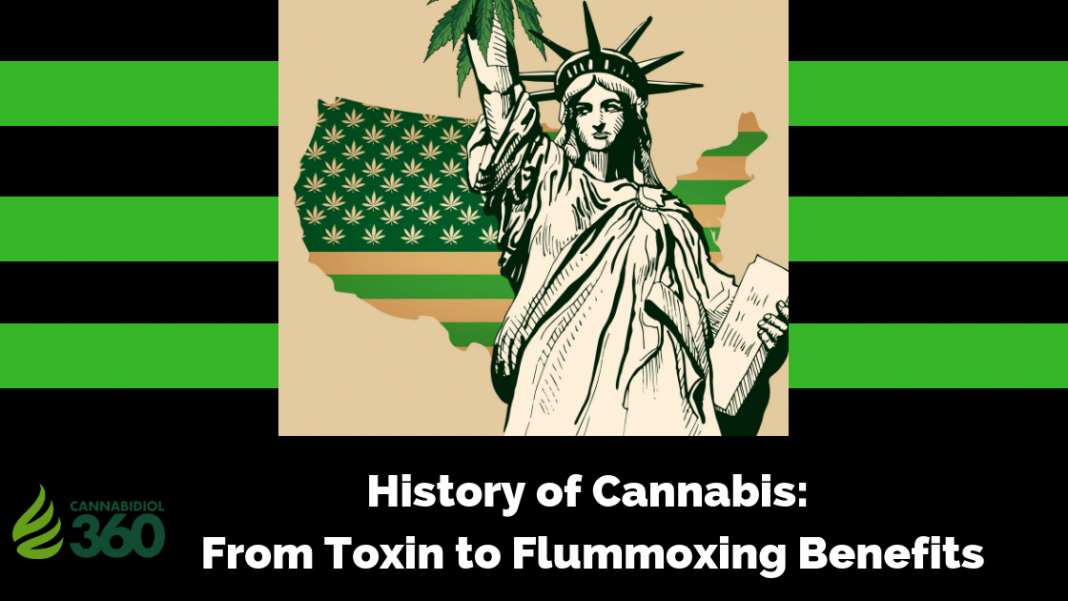
Cannabis elements have been used for different reasons since way back in 2727 BC. The emperor of China used marijuana tea to treat his gout, rheumatism, malaria and to boost his poor memory.
In the 19th century, Queen Victoria used cannabis to manage her excruciating menstrual period, she relied heavily on the plant for this. The scientific community caught up with this in 1839 when William O’Shaughnessy published a paper about the benefits of cannabis. Later in 1890 another scientist reiterated that position.
From then, real progress was seen from the 1940s. For 70 years, cannabis has been studied. CBD moved from being perceived a toxic element in the plant to being a miracle drug for various ailments.
1940: Actual Discovery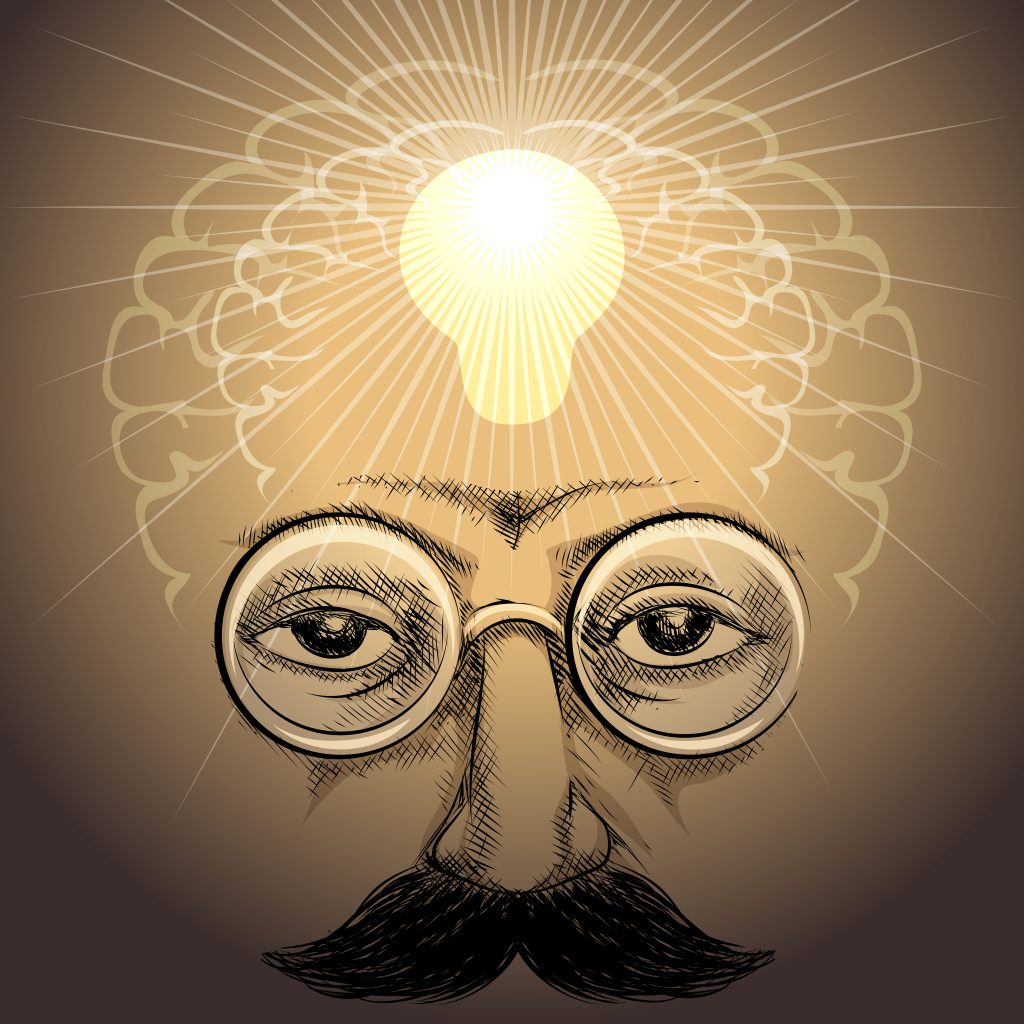
Most people do not know about this because it is not widely published but a man named Roger Adams in the Department of Chemistry at Illinois University was actually the first man to come across CBD as an individual cannabinoid.
He did not describe the structure of the element and is therefore not recognized often. He did not know what exactly he had found out and therefore just discounted his discovery as a toxin. He therefore had no desire, funds, or even the means to continue his quest. He left it alone for the next man to find.
1946: Testing on Animals
A Dr. Walter Loewe decided to test cannabinoids on animals. He realized that some of the cannabinoids caused catalepsy in the rats and mice, cataplexy is a sort of cerebral excitation.
He also saw that another portion of the cannabinoids administered did not cause a behavioral change whatsoever. This was the first indication that some cannabinoids may be psychotropic while others are not.
However, because the structure was not defined yet, the doctor did not know to differentiate between the cannabinoids. He had inadvertently advanced cannabis research.
Evidently, both these researchers were the unwitting fathers of cannabis research.
1963: CBD Structure Defined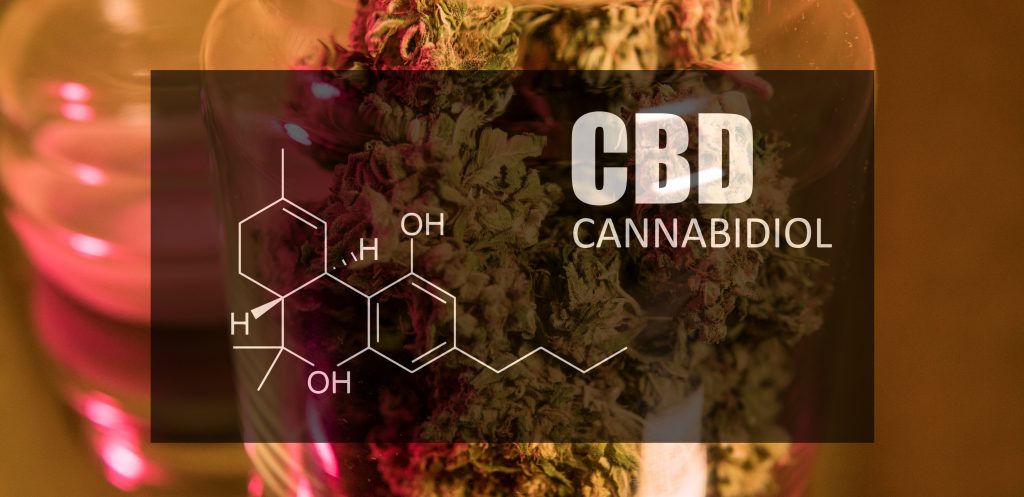
Finally!
Professor Raphael Mechoulam worked at the Hebrew University of Jerusalem. He was the scientist who correctly defined the structure of CBD. This gave the cannabinoid character/personality. This allowed cannabinoid to be effectively recognized now.
A year later in 1964, he defined the structure of THC. That era was rampant with cannabis stigma due to the psychedelic culture. He therefore elected to go to the police department for his subjects rather than the Ministry of Health. The department gave him 5 kg of weed to research on.
Professor Mechoulam has been very active in cannabis research. He is credited for being the father of cannabis research. And, after these findings the psychotropic property of cannabis was correctly credited to THC.
1970s: The Robert Randall Story
Robert Randal suffered from glaucoma. He had been using cannabis to treat his glaucoma for years until the government took it away. Randall moved to court to sue the government for taking away his medicine. Dumb move, right? No way he could win? Very wrong. He won!
Randal actually won against the government of the United States. He provided loads of compelling evidence that the cannabis prevented his glaucoma from progression. The FDA made a plan to ensure that Randal received his cannabis for the glaucoma.
About 20 years later in 1992 George Bush took away the right because Randal was letting AIDS victims in on the cannabis. 13 people were involved in this and out of those, 7 are still receiving cannabis from the government.
Unfortunately, Randal died in 2001 from AIDS related complications.
1970s b: Cannabis Tincture
The British Pharmacopoeia is an outfit that looks into licensing of medical substances after analysis of quality standards. A cannabis tincture was developed for this purpose, the outfit licensed the product and it contained CBD in full spectrum oil.
Later in 1978, New Mexico became the first US state to recognize marijuana as a possible medicinal element. This was done through the Controlled Substances Therapeutic Research Act. This was a landmark event in the history of CBD and cannabis as a whole.
1980: Double Blind Trials
Professor Mechoulam teamed up with researchers at the Sao Paulo Medical Faculty of Santa Casa in Brazil. They conducted what would be the first batch of double blind clinical trials of CBD on clinical subjects. Of the 16 epileptic subjects, most of the subjects were children.
This was a significant breakthrough as the results were very positive. However, the results went unnoticed. There was no word from the authorities or the public. Cannabis was still stigmatized. It did not matter that children all over the world could benefit from CBD. It only mattered that CBD was a cannabis element.
Then, in 1988 the endocannabinoid system was discovered. It was located in an animal brain. Before then, it was only speculated that canabinoids worked through a non-specific interaction with cell membranes. It was found that this system was paramount to maintenance of homeostasis.
1990s: Cannabinoid Receptors
Early in the 1990s, Lisa Matsuda and a team of researcher in the Institute of Medicine at the National Academy of Science announced that they had discovered and cloned a receptor. The CB1 was recreated in 1991 while the CB2 was recreated in 1993.
In 1992, the very first endocannabinoid was discovered. Anandamide was discovered by Dr. Mechoulam and his team. Later in 1995, they found a second endocannabinoid. 2-AG is said to be more potent and more paramount to the body functions and action of the endocannabinoid system.
1996: California Does Good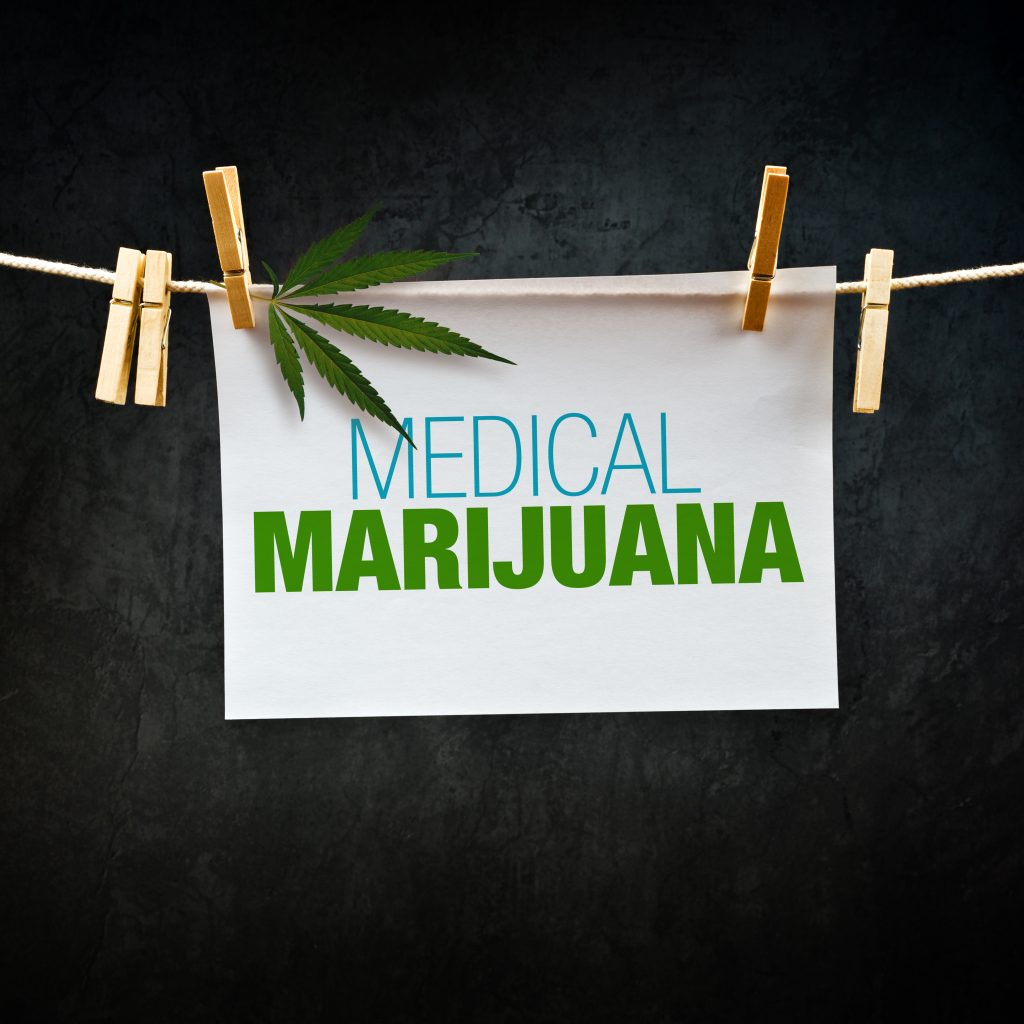
The Proposition 215 was passed in California. It exempts patients and defined caregivers who possess or cultivate marijuana for medical treatment recommended by a physician from criminal laws which otherwise prohibit possession or cultivation of marijuana. This paved way for public support.
It was also significant to the research community, as now studies would be done in a safe and supportive environment. From that point, all was needed to get access to medical marijuana was a California Driver’s license and a doctor’s recommendation.
1998: Marijuana Pharmaceutical Drug
A British pharmaceutical company developed and released an oromucosal spray called Sativex. This drug was indicated for pain, nausea and other symptoms.
The drug contains principal cannabinoids THC and CBD in equal measure. The drug is not available in the US market yet but is awaiting FDA approval for treatment of cancer pain. It has been well received in other markets.
2003: Patent 507
This has caused quite the uproar especially since the DEA refused to deschedule CBD earlier this year. This is a patent taken by the US government on October 7 on CBD as a neuroprotectant. This action was meant to keep the private sector from doing the same and making it impossible for all industry players to use CBD for the same purpose.
This was seen as an acknowledgement by the US government that CBD really is useful in a medical capacity. This is contrary to the classification of CBD under cannabis as a schedule 1 drug. Schedule 1 drug classification means that the federal government does not recognize any medical benefits and that the element has great potential for abuse. Confusing, huh?
Late 2000s: Marijuana Dispensary
In 2006, the first American marijuana dispensary was established. Haborside Health later worked with another in 2009. Together with Steep Hill Labs, they worked to test the potency of marijuana strains.
Through this, the most CBD rich strains were discovered. This led to a more deliberate use of CBD for various purposes. People even work to cultivate those specific strains and even mix it up with others to possibly get a higher CBD content in some of the strains.
2010: The Cash and Figi Stories
A little 20-month-old boy was diagnosed with brain cancer unfortunately the tumor was inoperable. He had undergone 30 rounds of intense radiation among other therapies. Nothing was happening. He still suffered every day, which was heartbreaking to the parents.
The father did something that only a brave man would do. It could not hurt to try one more thing, could it? He administered cannabis to his child. The young family saw what they could only classify as a medical miracle at the time. The tumor started to shrink. Little Cash lived on for two and a half more years.
He died after the state of Montana changed regulations, which made it harder for the Cash parents to access the oil. This was one of the first stories of actual public acceptance. Nothing says acceptance like a parent willing to use it on his child.
Later, in 2013 the Charlotte Figi story broke on CNN. The little girl had been diagnosed with Dravet’s Syndrome. She suffered hundreds of seizures every week.
Cannabis helped cut down these instances significantly. Charlotte lives to tell the story. A strain was actually named after her. Charlotte’s story changed the mind of a well reputed doctor who had been quoted as being vehemently against cannabis for any reason. The doctor is now an avid supporter.
2014: CBD Legalized
Several states approved the use of CBD for medical use. These states including Alabama and Florida legally recognized CBD as a medicinal element. This is a mighty step. CBD was actually being recognized on its own rather than under the umbrella of phytocannabinoids.
2018: Epidiolex
GW Pharmaceuticals hit again when their drug Epidiolex was recommended for FDA approval. This is a purely CBD drug. It has been recommended for management of seizures due to Lennox-Gastaut Syndrome and Dravet’s Syndrome. It is an oral solution.
Long Winding Road
We have really come a long way in the CBD landscape. We have gone from frowning upon it to appreciating and having open conversations about cannabis and CBD. A cornucopia of CBD products have also been developed.
People are now spoilt for choice regarding which product to use. There is also a wealth of information from reputable sources to help you decide on things like dosage and method of administration.
We still have a long way to go but, it is exciting to think about the progress and advancement in the next ten or twenty years.





